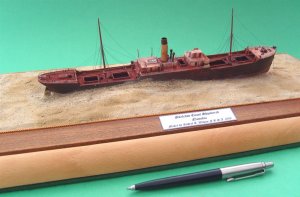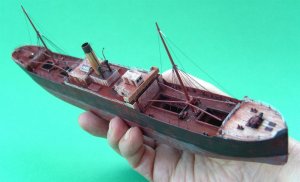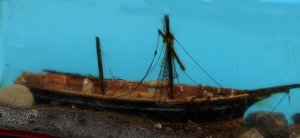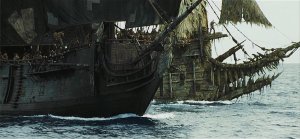- Joined
- Mar 26, 2019
- Messages
- 5
- Points
- 8

Hi all --
I'm interested in constructing a model shipwreck and was surprised to learn that no one really sells shipwreck model kits. Ideally, the wreck would be of a classic 18th-century sailing ship in an advanced stage of decomposition, blackened with sea growth, sails tattered and lines festooned w/ seaweed. Basically an underwater ghost ship.
Any suggestions on an inexpensive kit I could use as a starting point? Any tips or techniques on how to best achieve the kind of dark, cinematic detailing I'm after? Paints? Materials?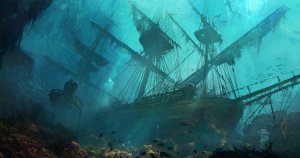
Many thanks,
Rob
I'm interested in constructing a model shipwreck and was surprised to learn that no one really sells shipwreck model kits. Ideally, the wreck would be of a classic 18th-century sailing ship in an advanced stage of decomposition, blackened with sea growth, sails tattered and lines festooned w/ seaweed. Basically an underwater ghost ship.
Any suggestions on an inexpensive kit I could use as a starting point? Any tips or techniques on how to best achieve the kind of dark, cinematic detailing I'm after? Paints? Materials?

Many thanks,
Rob




